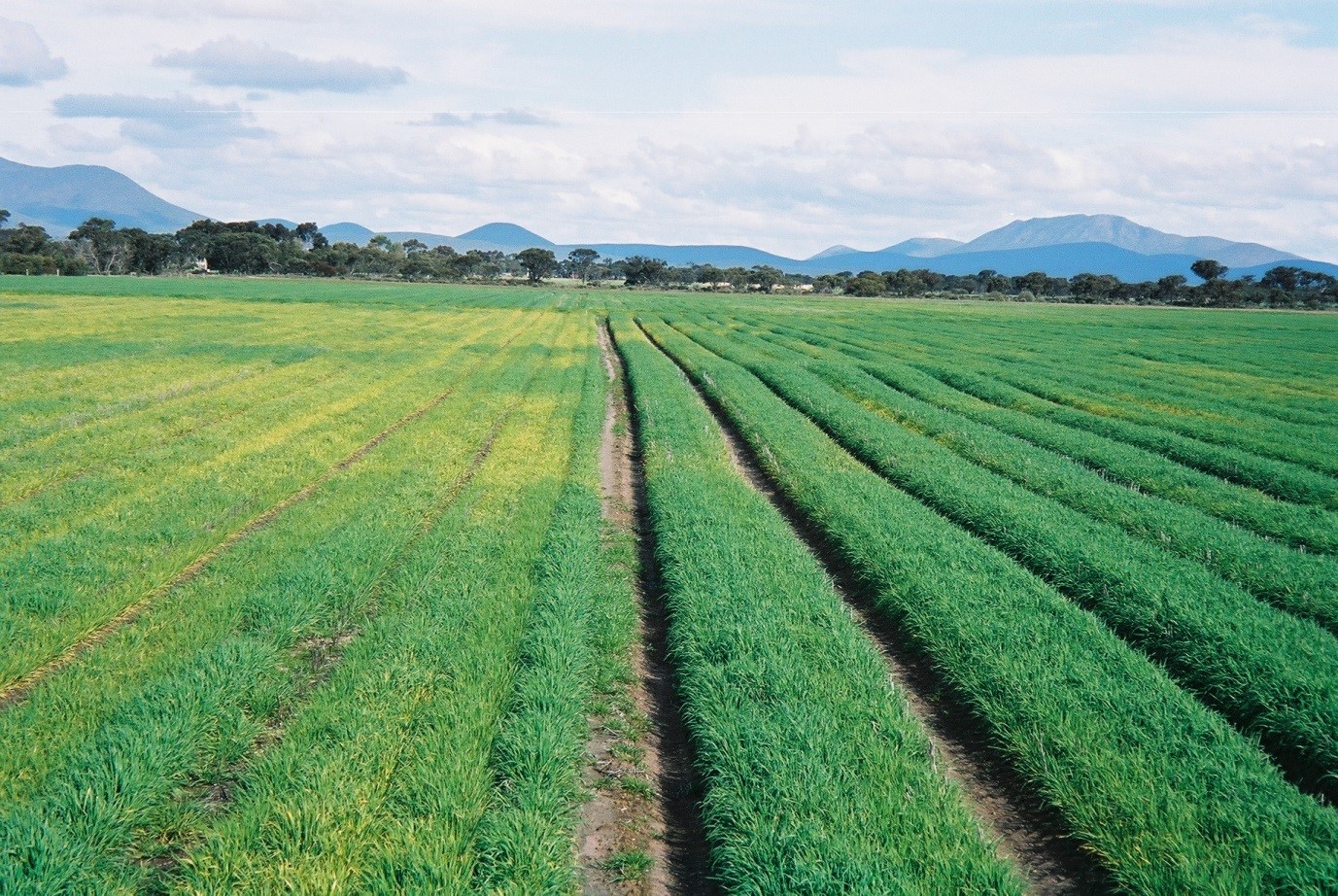Grow Easy Veggies in Raised Beds: A Simple Guide for Every Gardener

Are you dreaming of a lush, productive garden but feel constrained by space or soil quality? Raised beds might just be your solution. Imagine them as the VIP sections of your garden party—elevated, exclusive, and perfect for growing easy vegetables. Let's dive into the world of raised bed gardening, where even the simplest of vegetables can thrive and delight your taste buds.
Why Choose Raised Beds for Your Garden?
Raised beds offer a myriad of benefits for both novice and seasoned gardeners. They provide better soil control, improved drainage, and easier access to your plants. Plus, they're a fantastic solution for small space gardening, transforming even the tiniest of yards into a productive oasis.
The Advantages of Raised Bed Gardening
- Better Soil Control: You can fill your raised beds with the perfect blend of soil, tailored to the needs of your easy vegetables.
- Improved Drainage: Elevated beds prevent waterlogging, ensuring your plants' roots stay healthy.
- Easier Access: Raised beds reduce the need for bending and kneeling, making gardening more comfortable.
- Extended Growing Season: The soil in raised beds warms up faster in spring, allowing you to start planting earlier.
Easy Vegetables to Grow in Raised Beds
Now that you're sold on the idea of raised beds, let's explore some of the easiest vegetables to grow in them. These simple vegetables are perfect for beginners and require minimal effort for a rewarding harvest.
Leafy Greens: The Gift That Keeps on Giving
Leafy greens like lettuce, spinach, and kale are some of the easiest vegetables to grow in raised beds. They grow quickly and can be harvested continuously, providing a steady supply of fresh greens for your salads and smoothies.

Root Vegetables: The Underground Treasures
Root vegetables such as radishes, carrots, and beets are also excellent choices for raised beds. They prefer the deep, loose soil that raised beds provide. Plus, they're incredibly satisfying to harvest—it's like digging up buried treasure!
Alliums: The Low-Maintenance Stars
Onions, garlic, and shallots are part of the allium family and are virtually hassle-free to grow. They require little space and attention, making them perfect for raised bed gardening. Plant them once and forget about them until harvest time.
Gardening Tips for Successful Raised Bed Crops
While raised beds make gardening easier, there are still some tips and tricks to ensure your easy vegetables thrive.
Location, Location, Location
Just like in real estate, location is crucial in gardening. Place your raised beds in a spot that receives at least 6-8 hours of sunlight daily. Most vegetables need plenty of sun to grow and produce a good harvest.
Soil Matters
Fill your raised beds with a high-quality blend of topsoil, compost, and potting soil. This will provide your easy vegetables with the nutrients they need to grow strong and healthy.
Water Wisely
Consistent watering is key to successful raised bed gardening. Install a drip irrigation system or use a watering can to keep your plants hydrated. Remember, it's better to water deeply and less frequently than to give your plants a little sip every day.
Grow Your Own: From Seed to Harvest
Growing your own vegetables is a rewarding experience. It allows you to control what goes into your food, reduces your carbon footprint, and saves you money. Plus, there's nothing quite like the satisfaction of harvesting and eating something you've grown yourself.
Starting from Seed
Many easy vegetables can be started from seed directly in your raised beds. Simply sow the seeds according to the packet instructions, keep them watered, and watch them grow.
Transplanting Seedlings
For some vegetables, it's easier to start with seedlings. You can buy these from a nursery or start them indoors yourself. Once they're big enough, transplant them into your raised beds, taking care not to damage the roots.

Harvesting Your Crops
The best part of growing your own vegetables is the harvest. Most easy vegetables can be harvested multiple times throughout the growing season. Just make sure to pick them at the right time for the best flavor and to encourage further growth.
Small Space Gardening: Maximizing Your Raised Beds
Even if you only have a small space for gardening, raised beds can help you make the most of it. Here are some tips for maximizing your raised beds:
Succession Planting
This technique involves planting a new crop immediately after an old one is harvested. It allows you to grow more vegetables in the same space over the course of a growing season.
Interplanting
Interplanting involves growing two or more crops together in the same bed. For example, you could grow lettuce between your rows of carrots. This maximizes your space and can also help deter pests.
Vertical Gardening
For crops that vine, like peas or cucumbers, consider adding a trellis to your raised bed. This allows the plants to grow up instead of out, saving you space and making harvesting easier.
Conclusion: Ready, Set, Grow!
Raised bed gardening is a fantastic way to grow easy vegetables, even in small spaces. With the right location, soil, and care, you can enjoy a bountiful harvest of fresh, homegrown produce. So, what are you waiting for? Get out there and start growing!
Remember, gardening is a journey. Don't be afraid to experiment, make mistakes, and learn as you go. Each season brings new challenges and rewards, and each harvest is a testament to your hard work and dedication.
Happy gardening!
FAQs
What is the best depth for a raised bed? The ideal depth for a raised bed is at least 12 inches. This provides enough room for most vegetables' roots to grow and allows for good drainage.
What can I plant in a shady raised bed? If your raised bed is in a shady spot, consider planting leafy greens like lettuce, spinach, and kale. These vegetables can tolerate partial shade and still produce a good harvest.
How often should I water my raised bed garden? The frequency of watering depends on factors like weather, soil type, and plant needs. Aim to keep the soil consistently moist but not waterlogged. A good rule of thumb is to water deeply once or twice a week.
Can I grow vegetables in raised beds year-round? In mild climates, it's possible to grow vegetables in raised beds year-round. Cool-season crops like spinach, kale, and garlic can be grown in the winter. In colder climates, you may need to use a cold frame or row covers to extend the growing season.
How do I keep pests out of my raised beds? There are several strategies for keeping pests out of your raised beds, including physical barriers like netting or row covers, interplanting with pest-deterring plants like marigolds, and using organic pesticides. Crop rotation can also help prevent pest infestations.
For more information on raised bed gardening, check out these resources:
0 Response to "Grow Easy Veggies in Raised Beds: A Simple Guide for Every Gardener"
Post a Comment